SSI or SUPPLEMENTAL SECURITY INCOME
The monthly amount depends on household income and assets if a claimant has been approved for SSI. Social Security benefits take into account earned and unearned income, mortgage or rent payments, and other income amounts in the same household. SSI has a maximum monthly amount of $674. (A Cost of Living Adjustment may apply each year.) The average individual disability benefits claim lasts 31.6 months. In most states, if you’re eligible for SSI, you’ll also be eligible for Medicaid and sometimes Section 8 housing benefits. A disabled person’s dependent children under 18 are entitled to Social Security disability benefits, as well as any children 18 and older who still attend high school. Suppose you are the surviving spouse of a worker who qualified for Social Security retirement or disability benefits. In that case, you and your minor or disabled children may be entitled to health insurance benefits based on your deceased spouse’s earnings record.
SSDI or DISABILITY
If a person is awarded SSDI benefits, the monthly amount they receive is adjusted proportionally to the income they earned while working. If a claimant has been approved for SSDI (Disability) (Title II), the maximum monthly amount is approximately $2000. Also, your spouse may receive social security disability benefits based on your work if he or she is caring for a child of yours who is younger than age 16 or disabled. The most coverage a family can receive of SSI and disability combined is currently about $3300. All SSI and Social Security Disability Insurance beneficiaries receive regular adjustments, so check with your local social services office for eligibility and additional information.
The back benefits (sometimes called Retro benefits or past due benefits) are more difficult to calculate. The back benefits basically reimburse you for the months you waited to be approved. In some cases, they can go even further back. For example, if your disability began more than six months before you applied for SSDI, you may be eligible for “back benefits” coverage.
In the case of SSI, the retro medical assistance can only go back to the Date of Filing, or the date you submitted your Initial Application.
In the case of disability, the retro benefits have a five-month waiting period from the Onset Date. For example, if a claimant was found to be disabled as of January 1, she would not be eligible for SSDI back pay until May 1. The back pay would extend from May 1 until the approval date. Also, with Disability (Title II), the back pay can only cover temporary assistance, extending 12 months before the Date of Filing. SSDI beneficiaries get a “trial work period,” which allows them to test their ability to work for at least nine months without loss of benefits—no matter how much is earned income.
BOTH SSI & SSDI
The amounts will offset if a claimant has been approved for both SSI and Disability. This means they will receive two Award Notices: one from disability, and one from SSI. The amounts quoted on these notices reflect their own calculations and not the total amount that will be awarded. Social Security does not “double pay” benefits. For example, if SSI awards $500 and disability awards $1000, the total amount sent will NOT be $1500. Instead, the total amount will be $1000 because the amounts are offset. There may also be an offset if the claimant receives Workers Compensation benefits. Your disability representative can explain any offsets that may apply to your situation.
Author – Brad Myler


